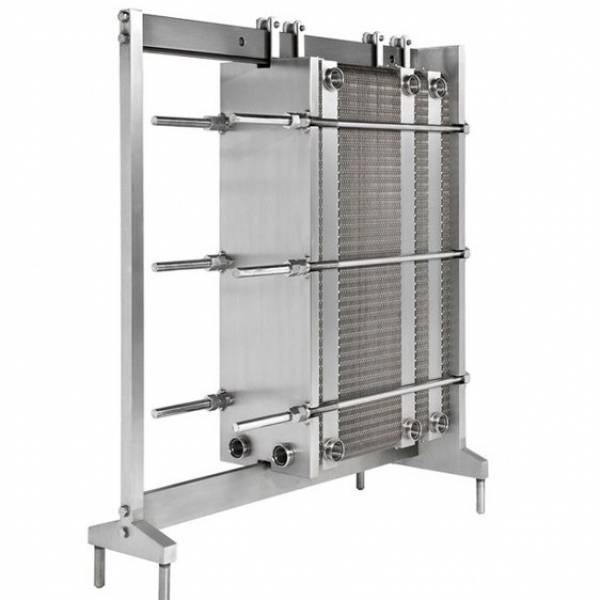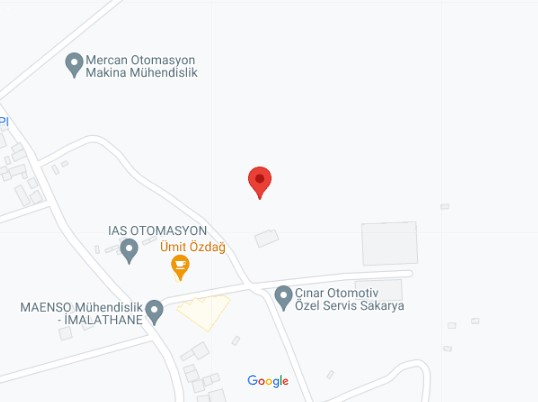Plate Heat Exchanger
The Key to Efficient Heat Transfer in the Dairy Industry!
The plate heat exchanger is a highly efficient and hygienic piece of equipment used in the dairy industry for processes such as pasteurization, sterilization, and cooling.
What is a Plate Heat Exchanger?
A plate heat exchanger is a device that facilitates heat transfer between two different liquids or gases. In the dairy industry, it is used for processes such as pasteurization, cooling, or heating of milk. Plate heat exchangers achieve high-efficiency heat transfer through a series of parallel plates.
Features of Plate Heat Exchangers
-
Stainless Steel Construction:
-
All surfaces in contact with food are made from 304 or 316-grade stainless steel, ensuring hygiene and durability.
-
-
High Efficiency:
-
The large surface area of the plates enables fast and effective heat transfer.
-
-
Modular Design:
-
The number of plates can be increased or decreased to customize capacity and performance based on needs.
-
-
Easy to Clean:
-
Removable plates make cleaning and maintenance easy. Compatible with CIP (Cleaning-in-Place) systems.
-
-
Compact Design:
-
Space-saving design is ideal for dairy processing facilities, optimizing floor space.
-
-
Energy Efficiency:
-
High heat transfer efficiency ensures energy savings.
-
Advantages of Plate Heat Exchangers
-
Hygienic Operation: Complies with food safety standards thanks to its stainless steel construction and easy-to-clean design.
-
High Efficiency: The large surface area of the plates ensures fast and effective heat transfer.
-
Flexibility: Customizable to meet different capacity and performance needs.
-
Durability: Offers long-lasting, trouble-free operation with its durable stainless steel structure.
-
Energy Savings: High efficiency reduces energy costs.
Applications of Plate Heat Exchangers
-
Milk Pasteurization: Heating milk to a specific temperature to eliminate harmful microorganisms.
-
Milk Cooling: Rapid cooling of milk after pasteurization.
-
Milk Heating: Heating milk to a specific temperature during production processes.
-
Yogurt and Cheese Production: Heat transfer processes required during milk processing.
-
Brine Heating and Cooling: Temperature control for brine solutions.
-
Other Food Industries: Processing of fruit juices, beer, and other liquid foods.
Why Should You Choose a Plate Heat Exchanger?
The plate heat exchanger offers high efficiency, hygiene, and flexibility in heat transfer processes in the dairy industry. Compared to traditional heat exchangers, it takes up less space and is easier to clean. Additionally, it provides energy savings, reducing operational costs for businesses.
Technical Details
-
Material: Stainless steel (304 or 316 grade),
-
Number of Plates: Customizable based on requirements,
-
Capacity: From 1,000 liters/hour to 50,000 liters/hour,
-
Operating Pressure: Up to 10 bar (varies by model),
-
Temperature Range: -20°C to +150°C.
Plate Heat Exchanger
The plate heat exchanger is an indispensable piece of equipment in the dairy industry for pasteurization, cooling, and heating processes. With its high efficiency, hygienic design, and energy-saving features, it offers an ideal solution for milk processing facilities. To select the right model, consider your production capacity and specific needs, and consult with experts for guidance.
Keywords: Plate heat exchanger, milk pasteurization equipment, plate heat exchangers, stainless steel heat exchanger, milk cooling system, hygienic heat transfer, plate cooler, plate heater, milk cooling exchanger, milk heating exchanger.

